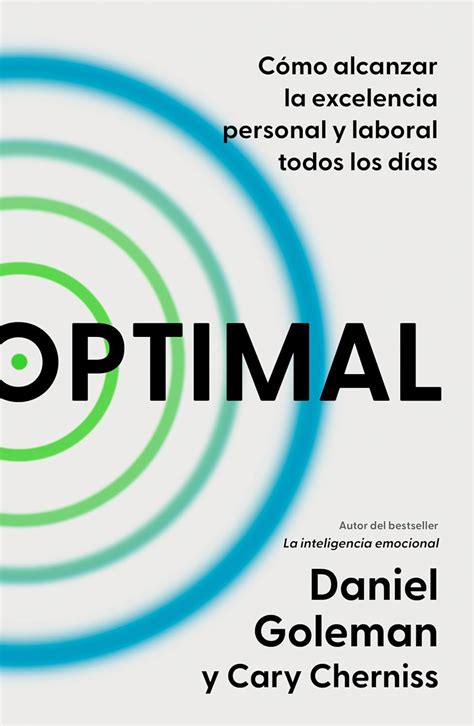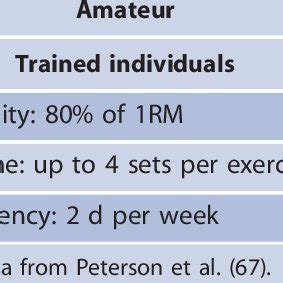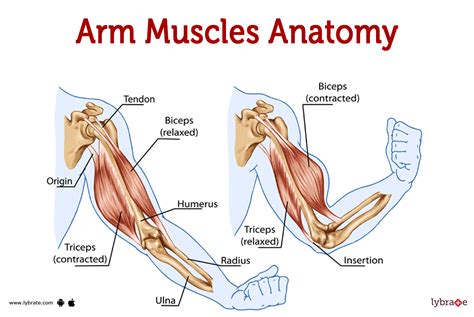Optimal training frequency for peak strength, hypertrophy, and rapid recovery?

Decoding Training Frequency: The Key to Peak Performance
In the pursuit of physical excellence, few variables are as critical and often debated as training frequency. Striking the right balance between stimulating adaptation and allowing for full recovery is paramount, whether your goal is to hoist heavier weights, pack on muscle mass, or bounce back quickly for your next session. This article delves into the science and practical application of optimal training frequency for strength, hypertrophy, and rapid recovery.
Training Frequency for Peak Strength
Achieving peak strength involves more than just muscle; it heavily relies on the nervous system’s ability to recruit motor units effectively. For strength athletes, training movements (like squats, deadlifts, bench press) multiple times a week is often superior to a once-a-week approach. This allows for more frequent practice of specific skills, greater neural adaptation, and higher overall training volume distributed over the week.
- Beginners: Full-body workouts 3 times a week are highly effective for rapid strength gains, allowing frequent exposure to compound movements.
- Intermediates/Advanced: Often benefit from hitting major lifts 2-3 times per week. This might involve an upper/lower split or a frequency-based full-body split where different variations of the main lifts are performed on different days. The key is to manage intensity and volume per session to prevent central nervous system (CNS) fatigue.

Optimizing Frequency for Hypertrophy (Muscle Growth)
Muscle hypertrophy is driven by mechanical tension, muscle damage, and metabolic stress. To maximize muscle protein synthesis (MPS), which is the process by which muscles repair and grow, it’s generally beneficial to stimulate a muscle group more than once a week. The elevated MPS response typically lasts 24-48 hours post-workout, making a higher frequency approach more efficient for muscle growth.
- Targeting Muscle Groups: Research suggests that training a muscle group 2-3 times per week generally leads to superior hypertrophy compared to once a week. This allows for more weekly volume per muscle group.
- Volume Distribution: Instead of doing all your sets for a muscle group in one session (e.g., 20 sets for chest on Monday), distributing that volume across two or three sessions (e.g., 10 sets on Monday, 10 sets on Thursday) can be more effective. This ensures multiple opportunities to stimulate MPS without excessively fatiguing a muscle group in one go.

The Crucial Role of Rapid Recovery
No matter your goal, recovery is where the magic happens. Without adequate recovery, increased frequency can quickly lead to overtraining, diminished performance, increased injury risk, and stalled progress. Rapid recovery isn’t just about resting; it’s a multi-faceted approach.
- Sleep: 7-9 hours of quality sleep per night is non-negotiable for hormonal balance and tissue repair.
- Nutrition: Adequate protein intake for muscle repair, sufficient carbohydrates for energy replenishment, and healthy fats for overall bodily function are essential.
- Stress Management: Chronic life stress can significantly impair recovery, impacting hormone levels and sleep quality.
- Active Recovery & Deloads: Light activity on rest days can aid blood flow, while planned deload weeks are crucial for systemic recovery and preventing burnout.

Factors Influencing Your Optimal Frequency
There’s no one-size-fits-all answer. Your ideal training frequency depends on several individual factors:
- Training Experience: Beginners recover faster and can tolerate higher frequencies of full-body work. Advanced lifters, dealing with heavier loads and higher intensities, might need more specific recovery protocols.
- Training Volume & Intensity: High volume or high-intensity sessions require more recovery time. If you’re hitting muscle failure frequently, you might need slightly lower frequency per muscle group.
- Individual Recovery Capacity: Genetics, age, lifestyle, sleep quality, and nutrition all play a role in how quickly your body adapts and recovers.
- Workout Split: Different splits naturally lend themselves to different frequencies. Full-body allows for 2-3x/week muscle stimulation, while a typical ‘bro split’ might only hit a muscle once.

Synthesizing for Peak Performance
For most individuals aiming for a balance of strength and hypertrophy with effective recovery, a frequency of 2-3 times per muscle group per week tends to be optimal. This could look like:
- Full-Body Split: 3 days a week (e.g., Monday, Wednesday, Friday), hitting all major muscle groups each session.
- Upper/Lower Split: 4 days a week (e.g., Mon: Upper, Tue: Lower, Thu: Upper, Fri: Lower).
- Push/Pull/Legs (PPL): 3-6 days a week, depending on whether you run it once or twice (PPLPPL). Running it twice hits each muscle group twice a week.
Listen to your body. Signs of under-recovery include persistent fatigue, decreased performance, prolonged muscle soreness, disturbed sleep, and irritability. Adjust frequency, volume, or intensity as needed.
Conclusion
Optimal training frequency is a dynamic variable, not a fixed rule. It’s about finding the highest frequency at which you can perform effectively and recover adequately to drive continuous progress. Experiment with different splits and frequencies, pay close attention to your body’s signals, and prioritize recovery elements like sleep and nutrition. By doing so, you’ll unlock your potential for peak strength, significant hypertrophy, and sustainable, rapid recovery.










